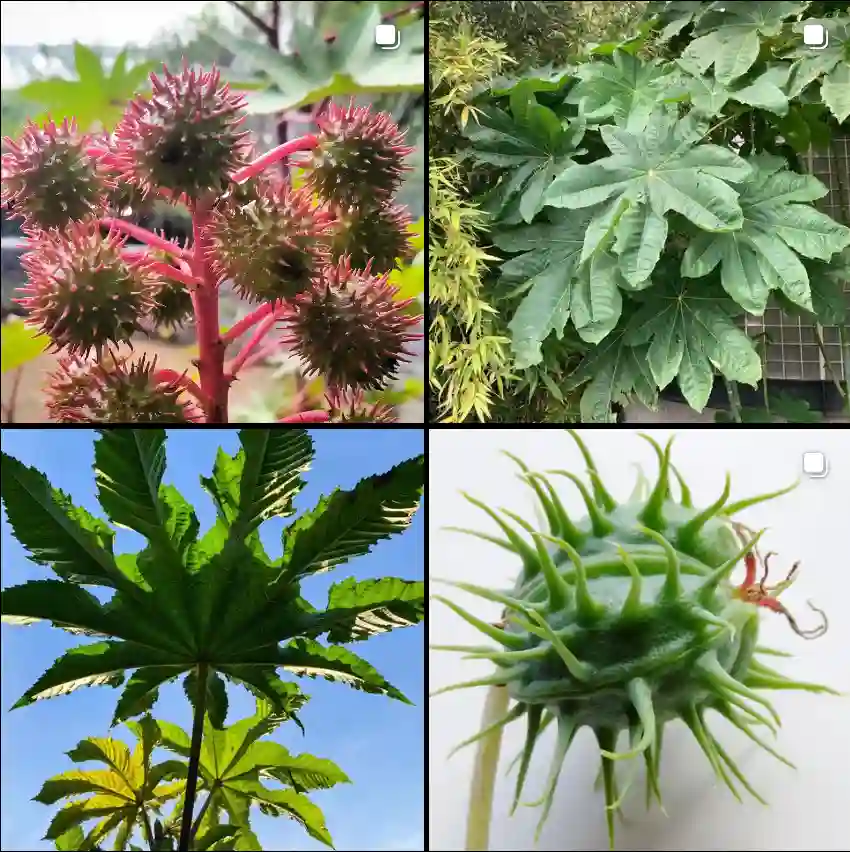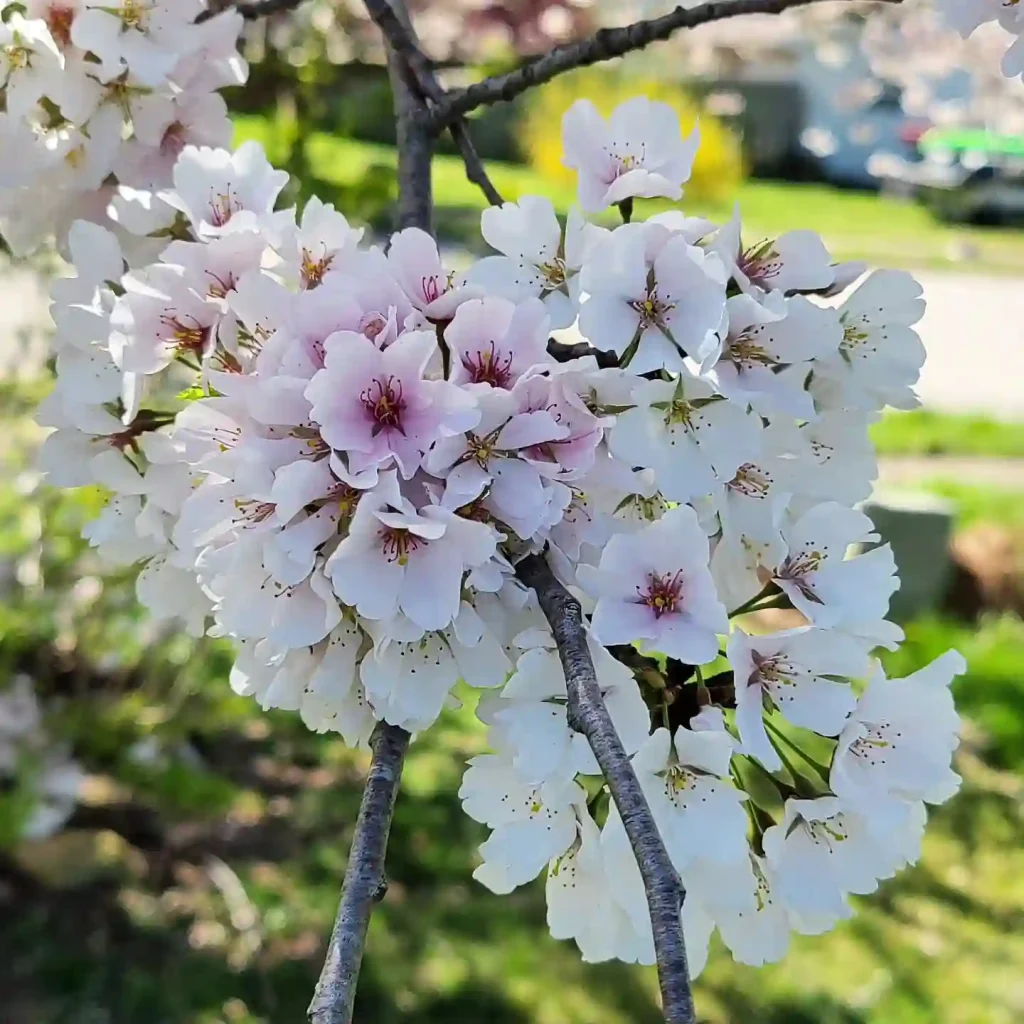Scilla: A Gardener’s Delight
I’ve always been drawn to the delicate beauty of Scilla, those small but vibrant bulbous perennials that herald the arrival of spring. Their cheerful blooms, often in shades of blue, purple, and white, emerge from the earth like tiny stars, adding a touch of magic to any garden. As an avid gardener, I’ve spent countless hours cultivating these charming plants, and I’m eager to share my knowledge and passion for this fascinating genus.
What is Scilla?
Scilla, sometimes called squill, belongs to the Asparagaceae family and is native to woodlands, meadows, and coastal regions throughout Europe, Africa, and the Middle East. These hardy plants are well-suited to a variety of climates and soil conditions, making them a popular choice for gardeners of all skill levels. They typically bloom in early to mid-spring, providing a welcome burst of color after the long winter months.
A Diverse Genus
The Scilla genus encompasses a wide range of species, each with its own unique characteristics and charm:
- Scilla achtenii De Wild.
- Scilla africana Borzì & Mattei
- Scilla albanica Turrill
- Scilla albinervis Yıldırım & Gemici
- Scilla alinihatiana Aslan & Yıldırım
- Scilla amoena L.
- Scilla andria Speta
- Scilla antunesii Engl.
- Scilla arenaria Baker
- Scilla arsusiana Yıldırım & Gemici
- Scilla begoniifolia A.Chev.
- Scilla benguellensis Baker
- Scilla bifolia L.
- Scilla bilgineri Yıldırım
- Scilla bithynica Boiss.
- Scilla buchananii Baker
- Scilla buekkensis Speta
- Scilla bussei Dammer
- Scilla chlorantha Baker
- Scilla ciliata Baker
- Scilla cilicica Siehe
- Scilla congesta Baker
- Scilla cretica (Boiss. & Heldr.) Speta
- Scilla cydonia Speta
- Scilla dimartinoi Brullo & Pavone
- Scilla dualaensis Poelln.
- Scilla engleri T.Durand & Schinz
- Scilla flaccidula Baker
- Scilla forbesii (Baker) Speta Plant FAQs: Scilla Forbesii
- Scilla gabunensis Baker
- Scilla gracillima Engl.
- Scilla hakkariensis Firat & Yıldırım
- Scilla hildebrandtii Baker
- Scilla huanica Poelln.
- Scilla hyacinthoides L.
- Scilla ingridiae Speta
- Scilla jaegeri K.Krause
- Scilla katendensis De Wild.
- Scilla kladnii Schur
- Scilla kurdistanica Speta
- Scilla lakusicii Šilic
- Scilla laxiflora Baker
- Scilla ledienii Engl.
- Scilla leepii Speta
- Scilla libanotica Speta
- Scilla lilio-hyacinthus L.
- Scilla litardierei Breistr.
- Scilla lochiae (Meikle) Speta
- Scilla longistylosa Speta
- Scilla luciliae (Boiss.) Speta
- Scilla lucis Speta
- Scilla melaina Speta
- Scilla merinoi S.Ortiz, Rodr.Oubiña & Izco
- Scilla mesopotamica Speta
- Scilla messeniaca Boiss.
- Scilla mischtschenkoana Grossh.
- Scilla monanthos K.Koch
- Scilla monophyllos Link
- Scilla morrisii Meikle
- Scilla nana (Schult. & Schult.f.) Speta
- Scilla nivalis Boiss.
- Scilla oubangluensis Hua
- Scilla paui Lacaita
- Scilla peruviana L.
- Scilla platyphylla Baker
- Scilla pleiophylla Speta
- Scilla pneumonanthe Speta
- Scilla reuteri Speta
- Scilla rosenii K.Koch
- Scilla sardensis (Whittall ex Barr & Sugden) Speta
- Scilla schweinfurthii Engl.
- Scilla siberica Andrews
- Scilla sicula Tineo
- Scilla simiarum Baker
- Scilla sodalicia N.E.Br.
- Scilla subnivalis (Halácsy) Speta
- Scilla tayloriana Rendle
- Scilla textilis Rendle
- Scilla uyuiensis Rendle.
- Scilla vardariana Yıldırım & Gemici
- Scilla verdickii De Wild.
- Scilla verna Huds.
- Scilla villosa Desf.
- Scilla vindobonensis Speta
- Scilla voethorum Speta
- Scilla welwitschii Poelln.
- Scilla werneri De Wild.
Cultivating Scilla
One of the things I love most about Scilla is their ease of cultivation. These resilient plants require minimal care and can thrive in a variety of conditions. Here are a few tips for growing Scilla successfully:
- Planting: Plant Scilla bulbs in the fall, about 5-10 cm deep and 5-10 cm apart. Choose a location with well-drained soil and partial to full sun.
- Watering: Water regularly during the growing season, but avoid overwatering, as this can lead to bulb rot.
- Fertilizing: Apply a balanced fertilizer in early spring to promote healthy growth and flowering.
- Maintenance: Deadhead spent flowers to encourage more blooms and prevent self-seeding.
With just a little effort, you can enjoy a stunning display of Scilla blooms year after year.
The Allure of Scilla
For me, the appeal of Scilla lies not only in their beauty but also in their resilience and adaptability. These plants are tough, able to withstand harsh winters and emerge triumphantly each spring. They remind me that even in the face of adversity, life finds a way to bloom.
I also appreciate the versatility of Scilla. They can be planted in a variety of settings, from rock gardens and borders to woodland areas and lawns. They look stunning when planted in mass, creating a carpet of color that is simply breathtaking.
Scilla in My Garden
In my own garden, I’ve incorporated Scilla in a variety of ways. I have a large drift of Siberian Squill naturalized under a deciduous tree, where they create a sea of blue in early spring. I’ve also planted them along a pathway, where their delicate blooms add a touch of whimsy to my daily walks.
One of my favorite combinations is planting Scilla with other early-blooming bulbs, such as snowdrops and crocuses. The different colors and textures create a tapestry of spring beauty that is truly captivating.
A Symbol of Hope
Scilla, with its vibrant blooms and tenacious spirit, has become a symbol of hope and renewal for me. It reminds me that even after the darkest winter, spring will always return, bringing with it new life and beauty.
I encourage everyone to experience the joy of growing Scilla. These charming plants are sure to bring a touch of magic to your garden and a smile to your face.
If i die, water my plants!



